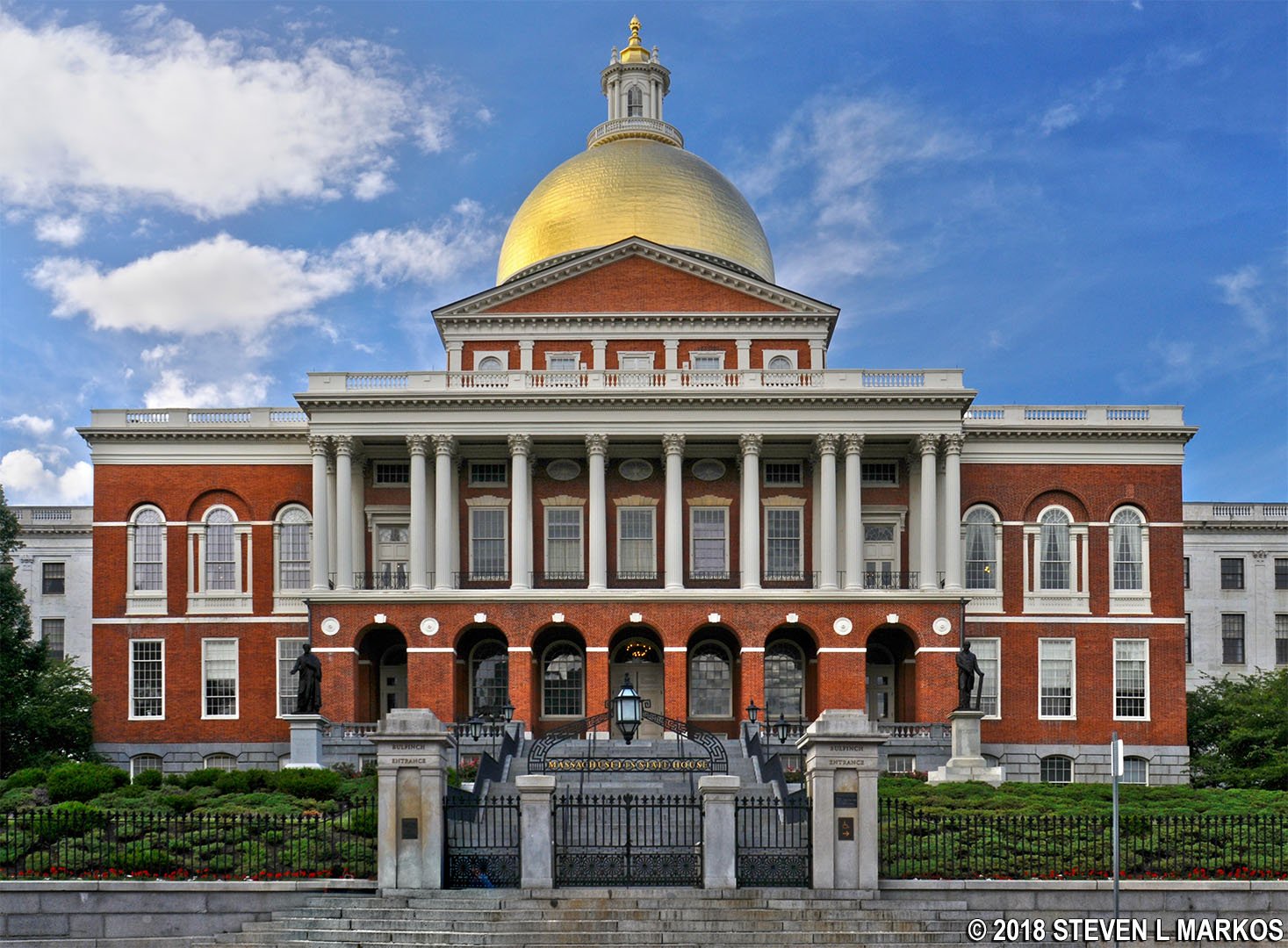ZBA extends review of 12-unit Rockaway Annex condo plan; access dispute could go to court
/By Carol Britton Meyer
Following the zoning board of appeals’ sixth lengthy hearing on the proposal to build a four-story, 12-unit condominium development under the comprehensive permit process at 25 Ipswich St. in the Rockaway Annex neighborhood, a number of issues remain unresolved, including public safety concerns and a dispute over an access easement that may end up in Land Court.
THE ROCKAWAY PROJECT WOULD SPREAD 12 UNITS OVER BUILDINGS ON THE LEDGE BEHIND THE FORMER VFW POST.
“I have no new information about the easement to present tonight,” Dean Harrison, housing consultant to the developer, told the ZBA at the start of the hearing.
Hull Fire Department concerns – some of which might be included in conditions set by the ZBA if the board approves the project – relate to ensuring adequate water pressure to fight a fire, adequate turning radius specific to the town’s fire trucks, ensuring that the proposed landscaping and planted trees don’t impede access for emergency vehicles, and installation of a sprinkler system, among others.
“I’d like to condition all of these [issues],” ZBA Chair Patrick Finn said. “If there’s [kickback], at least we tried.”
Harrison said the developer might agree to install an additional fire hydrant or two, among other considerations. He noted that while issues related to “health, safety, and welfare” could be “a way to deny or approve an application, it goes to the factor of how low or close to the 10% [state affordable housing threshold]” a community is.
Click here for more details and plans on this project
The comprehensive permit process, more commonly known as Chapter 40B, allows developers to circumvent most local regulations in exchange for an affordable housing component if the town has less than 10% of its housing units designated affordable. Hull’s current percentage of affordable units is 1.6%, according to the state’s formula. Three of units in the development, proposed for the Rockaway Annex neighborhood, would be affordable.
If the ZBA were to deny approval of the project, the developer would likely appeal that decision to the state housing appeals committee, which Harrison said would weigh those factors.
“[These issues] don’t put a nail in the coffin. It doesn’t work that way,” he said. “Do these concerns outweigh the need for affordable housing?”
Extension granted
Although developer Alan Mckenzie, a Hull resident, was not at the hearing, he granted permission – in response to a text from Harrison during the meeting – for him to sign a 30-day extension from the March 24 deadline on his behalf.
This was at the ZBA’s request to allow time to resolve outstanding issues, including whether the developer has the right to install a water line along an access easement on adjacent private property.
In a recent letter to town officials involved in reviewing the project, 20 Ipswich Street owner Derek M. Paris objected to the developer’s plan to install utilities on his property and any other improvements or alterations through any such easement, although he said he had no issue with allowing access to abutters or emergency vehicles.
‘This easement clearly doesn’t exist’
Attorney Adam Levin, representing abutters, explained in great detail why “this easement clearly doesn’t exist and was never properly registered,” suggesting that it might be necessary to resolve this issue through Land Court.
Harrison told the ZBA that the developer has retained two attorneys to help resolve this conflict. “The only way to get this straightened out [may be to] go to land court, which could take six months to resolve,” he said, echoing Levin.
Town Counsel Brian Winner, however, said the process could take longer than that.
“I’m not sure what the result of land court proceedings or the answers to these questions will be,” he said. “It’s a long process.”
Following the closing of the hearing, the ZBA will have 40 days to render a decision. Once that occurs, no new information will be considered.
In the meantime, the hearing was continued to April 1, at which time the board of appeals will address these and other issues and decide whether the board has enough information to deliberate and ultimately craft a decision.
A replay of the meeting will be available on demand on Hull Community Television’s website, www.hulltv.net.
Like what you’re reading? Stay informed and support our work with a Hull Times subscription by clicking here.
Do you have an opinion to share? Click here to write a Letter to the Editor.
© 2025 The Hull Times. All rights reserved.
























